A new type of school: Cross-Canada community college model brings lasting change to Vietnam

When community leaders in Vietnam’s Tra Vinh province went looking for a way to reduce poverty in the rural Mekong Delta region, they found an educational model drawn from across Canada that would help deliver a skilled labour force—and more.
Under a ������Ƶ program that began in 2001, 4 Canadian community colleges came together to assist in the establishment of a school unlike anything Vietnam had ever seen.
As part of this program, Tra Vinh Community College (TVCC), located in the provincial capital, Tra Vinh, reached out to local businesses and industries to develop the curriculum and training programs that would best suit their needs. Instructors brought student-focused teaching techniques, project-based learning and applied research to classrooms and laboratories. And internships gave students hands-on experience in their fields.
These hallmarks of the Canadian community college system that had already been making a difference back in Canada helped play a role in transforming what was one of Vietnam’s poorest areas. They were further replicated in vocational institutions throughout Vietnam as it was becoming a lower-middle-income country. And they demonstrate the lasting social and economic change that can come from such Canadian development efforts being made in the world.
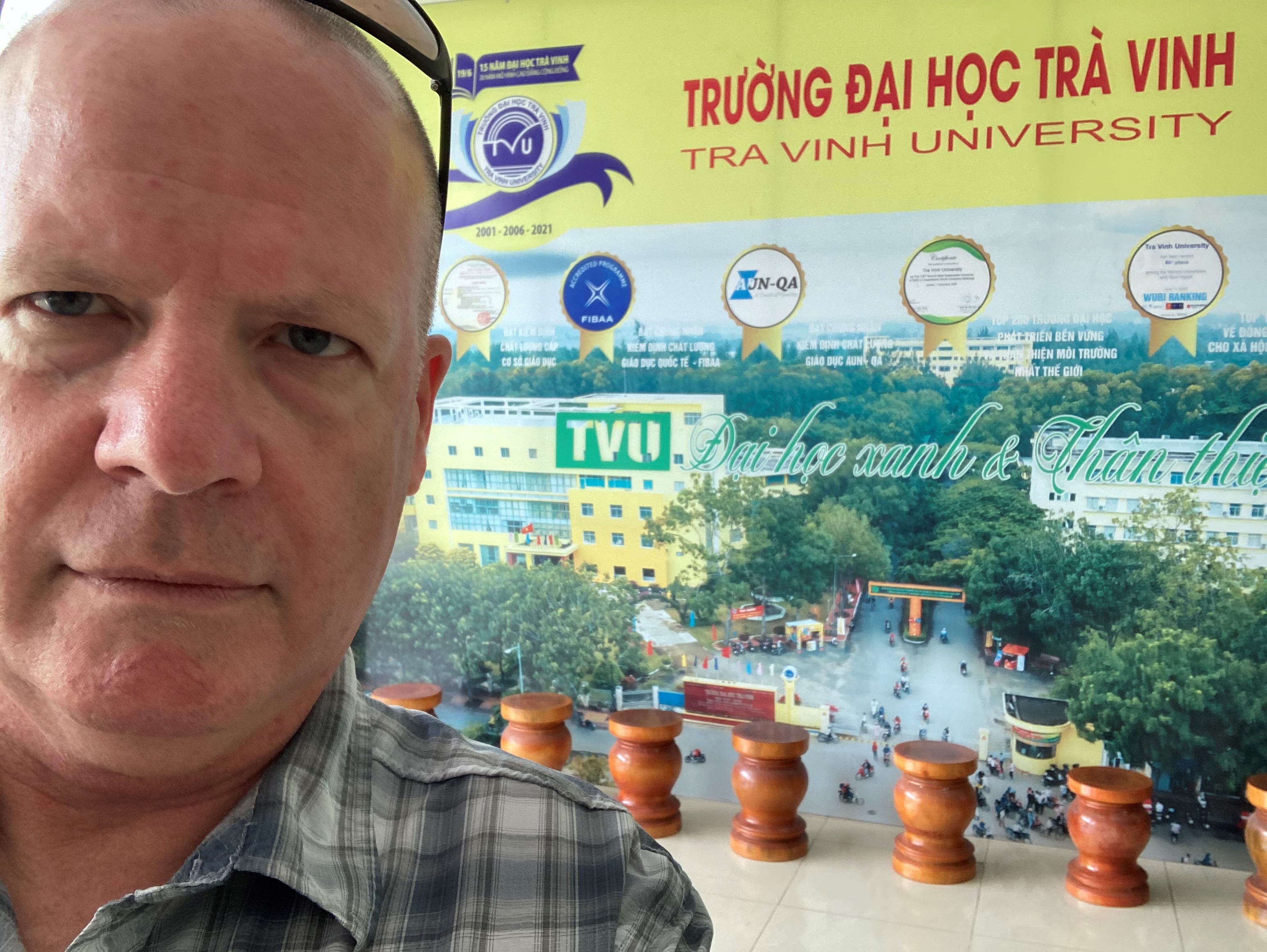
Credit: Courtesy of David Harvey
“By any measure, Vietnam is infinitely more prosperous than it was 20 years ago,” says David Harvey, an international education consultant in Calgary, Alberta, who was manager of the 5-year Vietnam and Canada Community College Project. It was supported by the Association of Canadian Community Colleges (now Colleges and Institutes Canada, CiCAN), as well as Saskatchewan Polytechnic, the Fisheries and Marine Institute of Memorial University of Newfoundland, the Quebec Institute of Agri-food Technology and Malaspina University-College (now Vancouver Island University).
A search for international models
Harvey says that before the establishment of TVCC, some vocational programming happened in training centres in Vietnam, although investing in skills training was not a priority given the country’s low-wage economy. With the rise of the private sector and need to vastly increase productivity, Vietnam sought out international models for new types of training institutions.
Canada’s cross-country consortium helped develop a college “that reflected the unique needs of Tra Vinh,” says Harvey. This included programming that brought opportunities for women to participate in post-secondary education and that ensured access for learners from ethnic minorities, such as the area’s sizeable Khmer population. “Tra Vinh today is the acknowledged community college model in Vietnam,” he says.
The first class at TVCC had 200 students and its focus was on programs such as aquaculture and agriculture. The college, which became Tra Vinh University (TVU) in 2006, today has more than 20,000 students. They are enrolled at all levels of the public facility and in fields from health sciences, engineering and technology to arts, public management and political theory.
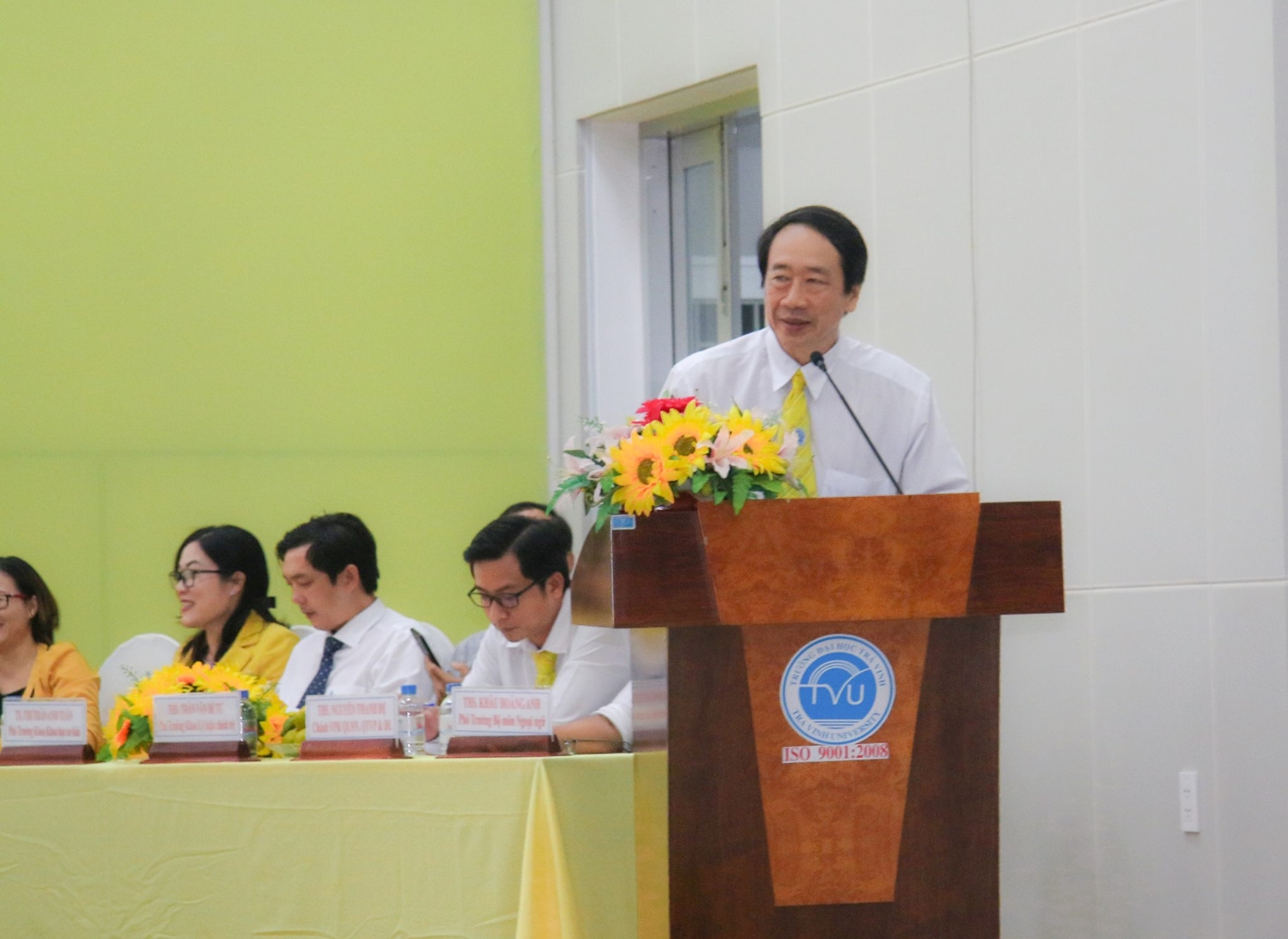
Credit: Courtesy of TVU
“Tra Vinh now has a university where local people can achieve higher education at an affordable cost,” says Khanh Phạm Tiet, president of the TVU council, who has been involved with TVCC since its early days and was its first rector. He notes that in addition to curriculum development and teacher-training programs, the Vietnam-Canada project organized capacity-building workshops and sessions on international development as well as leadership skills for its managerial staff. There was also specialized programming such as a focus on gender, helping women learn farming techniques and teaching them handicrafts so they could earn income between crops.
A change in the landscape
Tra Vinh province and the surrounding regions developed along with the institution. When the college began, it required 4 ferries to travel by car from Ho Chi Minh City to the college, a trip of about 5 hours. Now, with bridges spanning the waterways, the travel time is just 2 hours.
Tieu Thanh Thuy, director of the Center of Excellence in Learning Resources and Innovation at TVU, says the school was built on what had been a rice field. When she began working in teacher training there in 2002, you had to take a small boat and sometimes even wade the final distance to its original 2 buildings. “It was very muddy in the rainy season: the teachers and students fell a lot,” she recalls. “It was pretty challenging for us to get to the classroom.”
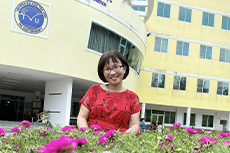
Credit: Dang Khoa
Tieu’s focus was on improving the way teachers and students interacted. Many instructors had come from technical fields such as electricity, agriculture and information technology, with no experience in the applied-learning environment the project promoted. Instruction in Vietnam was traditionally “a one-way process, with the students sitting there in the class, listening and receiving whatever the teacher pushed to them,” explains Tieu.
She received training at Malaspina University-College in Nanaimo, British Columbia, and Canadian experts provided on-site guidance and demonstrations for the faculty at Tra Vinh. With the new techniques from Canada, “our mindset changed,” Tieu remembers. “The teachers came to the side of the students, making them more active in the classroom.”
Nguyen Minh Trung, who attended TVCC in its early days studying office administration, one of its first majors, says the institution was critical to the community and the students who went there. “The content of its programs was very relevant to our reality and to the future,” he points out.
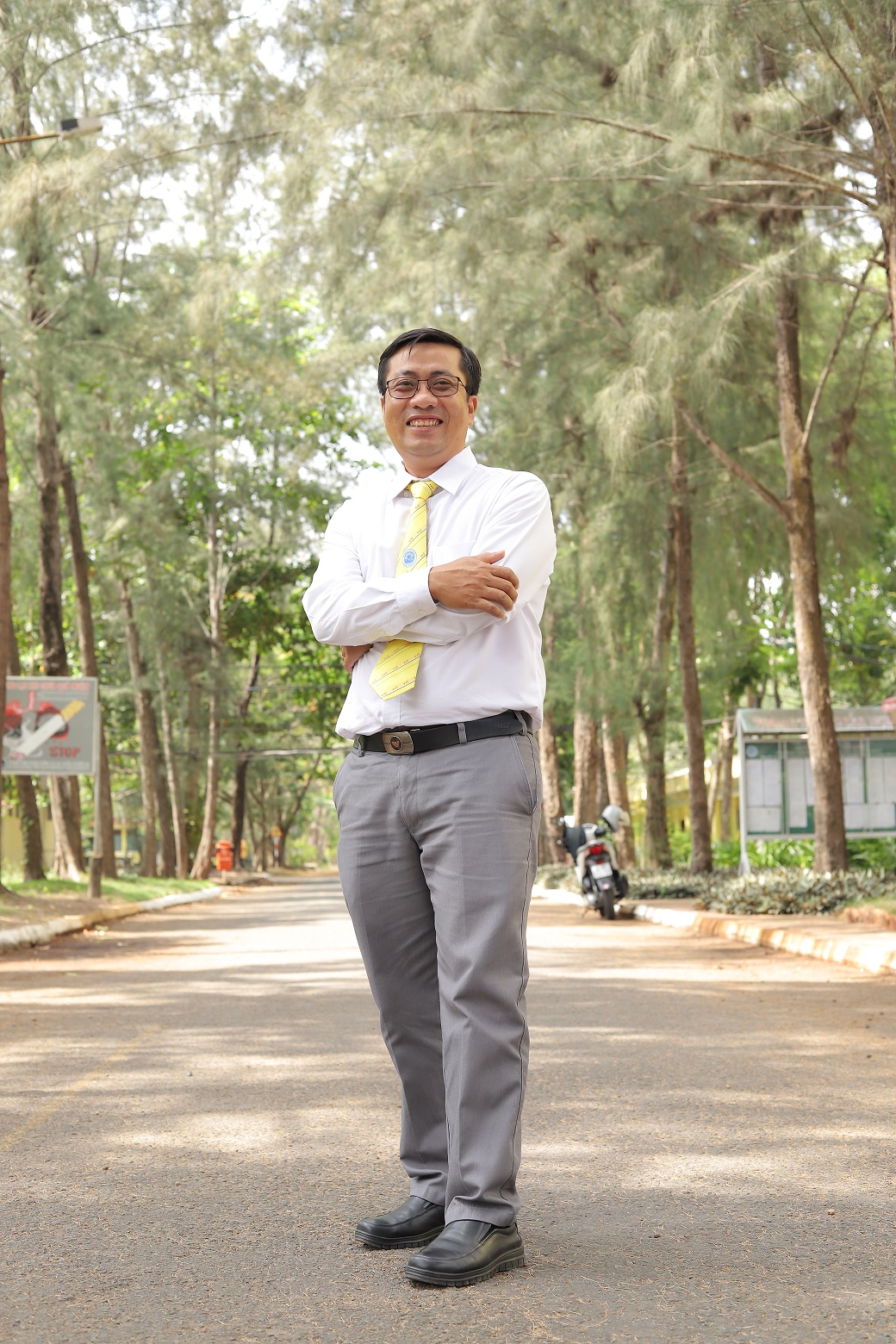
Credit: Courtesy of Nguyen Minh Trung
Nguyen, who today works in the university’s administration, says that “teaching in a student-centred, learner-centred way is very suitable, especially with the personality and characteristics of students living in Vietnam’s Mekong Delta.”
A long-term impact
Canadian Michael Emblem is co-author of a recent report that looks at 50 years of diplomatic relations between the 2 countries and the past 30 years of Canada’s development programming in Vietnam. He says the community college teaching method was an important part of Canada’s education system, but “was severely lacking in Vietnam.” As that country’s economy began to be modernized and decentralized, Canada’s model of vocational training through community colleges would help bring a skilled workforce to sectors from computer science to nursing.
Rather than Canada offering funding that might have had a temporary benefit, providing expertise and mentoring has had a long-term impact, according to Emblem. It also encouraged Vietnam to develop its own resources and get other donors and the private sector involved, for instance to establish training in different fields. “Today it’s a booming economy,” he says.
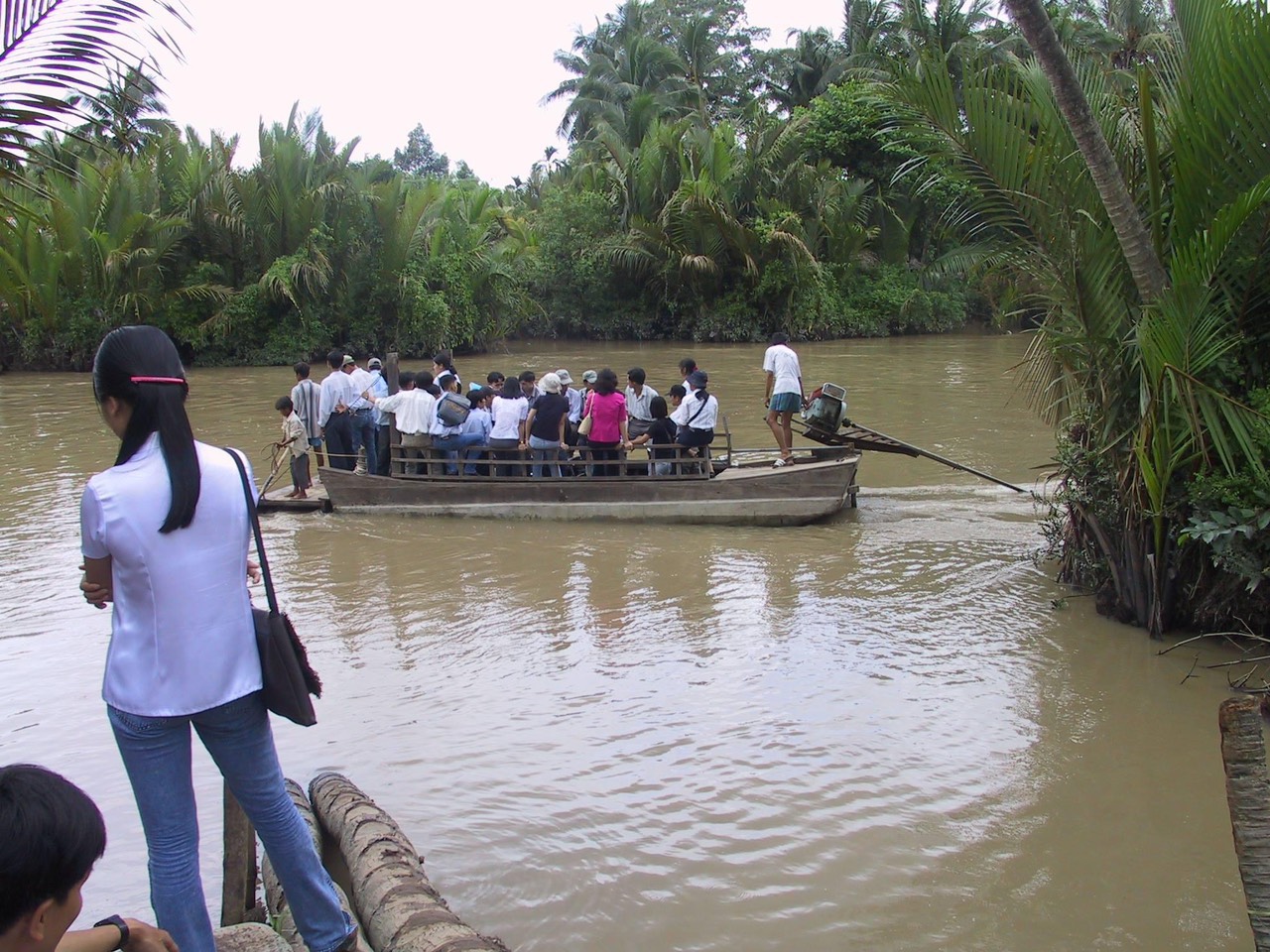
Credit: Courtesy of TVU
Emblem, who has managed a number of development projects for non-governmental organizations supported by ������Ƶ, worked from 2005 to 2020 in Vietnam, watching as the country changed. “It was an eye-opening experience,” he recalls. “Infrastructure projects were going up, roads were being built, there was suddenly broadband Internet everywhere.” Much of this happened with a degree of international assistance or investment. He says the country has a motivated population, government and institutions “and they’re there to grab whatever resources and support that’s available and do something with it that advances where they are.”
Emblem says Canada is among a number of partners in Vietnam’s development, finding niches where it could provide models and experts. He notes the Tra Vinh area benefited from Canadian-supported projects that helped people to develop small businesses and small-scale industries. For example, some businesses focus on cash crops—one example is coconuts—that they process into a variety of products.

Credit: Courtesy of Michael Emblem
As a result, TVCC and TVU developed curriculums for these industries, Emblem notes. Meanwhile, the lessons learned by TVCC have been taken to some 200 similar institutions across Vietnam, he says, with specialized training now provided in fields such as tourism that have been instrumental in opening up the country.
Continuing ties with Canada
Khanh explains that to help replicate this educational methodology countrywide, in 2006 the Vietnam Association of Community Colleges was established and he was elected as its chair. The association is modelled after CiCAN, and is the only international affiliate member of that Canadian organization.
He says TVU continues to ensure its programs meet the requirements of the local employers and labour market. Additional partnerships with Canadian institutions have developed in fields such as student and staff exchanges, he says. “Keeping up to date with educational development trends in Canada is important.”
The university strives for international connections, and maintains training, research and academic partnerships with countries around the world. It especially continues to host Canadian interns, volunteers, technical experts and others. “We all want the collaboration to continue,” says Khanh. Indeed, each year, TVU celebrates Canada Day on July 1, and it “invites its Canadian collaborators to attend,” he adds.
- Date modified: